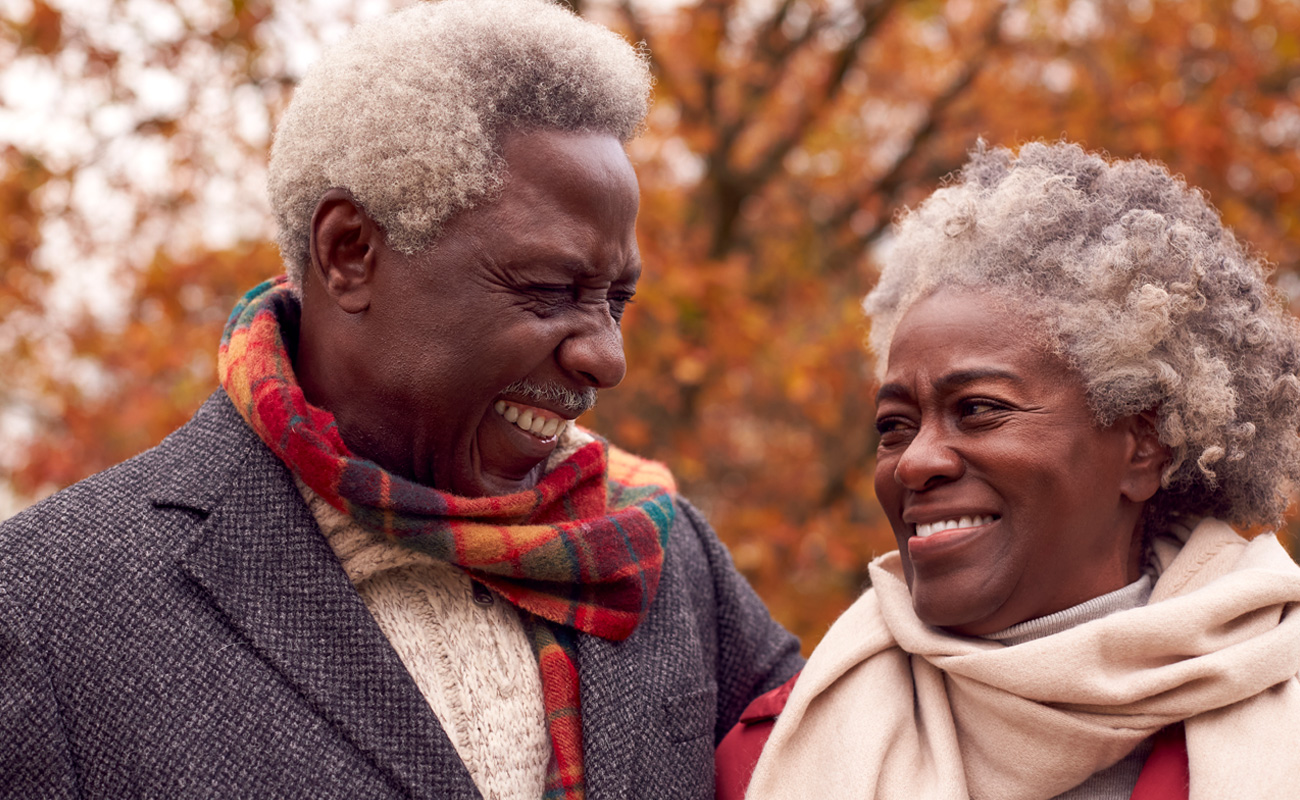How Come As You Are Shapes My Work as a Sex Therapist: Top Takeaways (Part 1)
Amanda Liñan
LCSW, CST
Emily Nagoski, Ph.D., is the author of the incredible book Come as You Are: The Surprising New Science That Will Transform Your Sex Life. I highly recommend you go out and buy it immediately! But until then, here is a brief summary of some of the most important parts I use as a sex therapist.
In her book, Nagoski explains the idea of The Dual Control Model a.k.a., the “gas” and “brakes” of your desire. Everyone has a combination of exciters (gas) and inhibitors (brakes). What hits your gas is going to increase your desire and arousal to have sex. What hits your brakes is going to increase your resistance to wanting sex.
Creating Opportunities for Wanting
Women’s desire is notoriously tricky, because women often experience high inhibitors and low to moderate exciters (a lot of brakes and only a little gas), while men often experience low inhibitors and high excitors (very little brakes and a lot of gas). Of course this is generalities based on research, things can vary widely for each person. The issue, of course, is when each person’s model does not match and there is friction about the frequency of sex.
There are some important concepts to discuss before we get into how you might discover what hits your gas. Desire comes from the reward system telling you that you want something. You don’t usually want something you don’t like, and you don’t usually like something you haven’t learned that you like. All that to say, your reward center for sex works in this way: you are exposed to something that you learn is erotic, sex, romantic, etc.
Examples of this could be lingerie, kissing the neck, flowers, making out, etc. Then you decide if you like it. Maybe something might be lingerie but it’s not your taste. Once you like something, there is a possibility that you will want more. You can like something without wanting more. But desire happens in the wanting.
When we talk about the gas and brakes, we are talking about creating opportunities for the wanting to happen. Building your list of gas and brakes goes off what you know you like. Sometimes, I find people are still in the learning phase and they haven’t even learned what they like, which is ok! All that means is an extra layer of exploration.
An important piece in all of this is CONTEXT. Just because you like lemon meringue pie does not mean you want it every day of your life. And it doesn’t mean it is going to taste good right after eating a pickle. Context matters a whole lot when we think about the things we like and therefore what we want.
If a couple is in strife, it is almost universal that their sex life is going to suffer to a degree. The context is not there for there to be liking or wanting. The example Nagoski gives, much more eloquently I’m sure, is that if a relationship is going really well and both partners are communicating and connecting, one partner helping the other out with their laundry is going to feel like such a loving act. However, if they are fighting and there has been a persistent lack of appreciation or support with division of labor, then that is going to be met with contempt and resentment.
Stepping On Each Other's Gas Pedal
See why desire can be so complicated sometimes?
To be sure you have the best opportunity for sex, both partners need to be invested in stepping on each other’s gas while avoiding their brakes, while also doing their own part to step on their own gas and avoid their own brakes. It is give and take and it cannot be tit for tat. Inevitably, one partner is going to need more gas and more help removing brakes. So you have a choice to make: be bitter and have terrible or no sex, or actually show up and show your partner that you love and care about them, whether you get sex or not.
Yes, I said it. Whether you get sex or not. People are not gumball machines. It is not put quarter in slot A and reward comes out slot B. You have to be invested all of the time no matter what because your reward is your partner’s love and affection, not their body. If you get their body too sometimes, then even better, but it is not owed to you. Often, feeling loved regardless of sex is a strong input on the gas.
In the book, Nagoski lists the following that have consistently and strongly showed up as being important factors for the gas pedal for women, which I have expanded upon to avoid any confusion:
This summary is an extremely shortened version of the concepts from the book. And they’re also some of the concepts I find to be the most helpful to clients when we discuss this topic of desire. I hope you found some tidbits you found to be useful, or at least reason enough to read the book. Both you and your partner will thank you for it!
If you’d like to read more about gas and brake pedals, please see my other blogs to learn some ways I help clients understand theirs!







